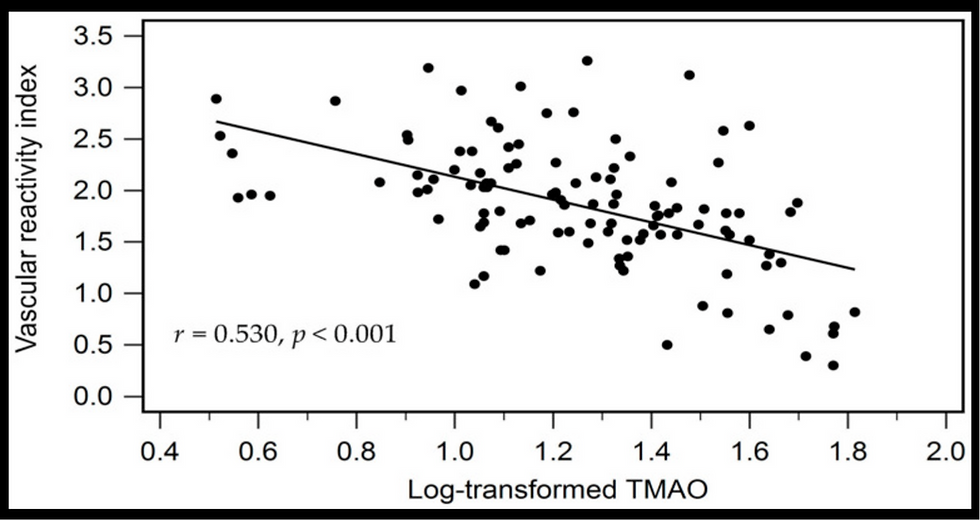Mayo Clinic study shows vascular aging detected by peripheral endothelial dysfunction
- heartlung
- Jan 16, 2023
- 2 min read
Updated: Jan 18, 2023
associated with ECG-derived physiological aging
J Am Heart Assoc 2021 Jan 17
Vascular Aging Detected by Peripheral Endothelial Dysfunction Is Associated With ECG-Derived Physiological Aging
Takumi Toya 1 2, Ali Ahmad, Zachi Attia 1, Michal Cohen-Shelly 1, Ilke Ozcan 1, Peter A Noseworthy 1, Francisco Lopez-Jimenez 1, Suraj Kapa 1, Lilach O Lerman 3, Paul A Friedman 1, Amir Lerman 1
Affiliations collapse
Affiliations
1 Department of Cardiovascular Medicine Mayo Clinic Rochester MN.
2 Division of Cardiology National Defense Medical College Tokorozawa Saitama Japan.
3 Division of Nephrology and Hypertension Mayo Clinic Rochester MN.
Abstract Background: An artificial intelligence algorithm that detects age using the 12-lead ECG has been suggested to signal “physiologic age.” This study aimed to investigate the association of peripheral microvascular endothelial function (PMEF) as an index of vascular aging, with accelerated physiologic aging gauged by ECG-derived artificial intelligence-estimated age. Methods and Results This study included 531 patients who underwent ECG and a noninvasive PMEF assessment using reactive hyperemia peripheral arterial tonometry. Abnormal PMEF was defined as reactive hyperemia peripheral arterial tonometry index ≤2.0. Accelerated or delayed physiologic aging was calculated by the Δ age (ECG-derived artificial intelligence-estimated age minus chronological age), and the association between Δ age and PMEF as well as its impact on composite major adverse cardiovascular events were investigated. Δ age was higher in patients with abnormal PMEF than in patients with normal PMEF (2.3±7.8 versus 0.5±7.7 years; P=0.01). Reactive hyperemia peripheral arterial tonometry index was negatively associated with Δ age after adjustment for cardiovascular risk factors (standardized β coefficient, -0.08; P=0.048). The highest quartile of Δ age was associated with an increased risk of major adverse cardiovascular events compared with the first quartile of Δ age in patients with abnormal PMEF, even after adjustment for cardiovascular risk factors (hazard ratio, 4.72; 95% CI, 1.24-17.91; P=0.02). Conclusions: Vascular aging detected by endothelial function is associated with accelerated physiologic aging, as assessed by the artificial intelligence-ECG Δ age. Patients with endothelial dysfunction and the highest quartile of accelerated physiologic aging have a marked increase in risk for cardiovascular events. Keywords: artificial intelligence; peripheral microvascular endothelial dysfunction; physiological age; reactive hyperemia peripheral arterial tonometry index; vascular age. Full-Text
![Lipoprotein(a) levels predict endothelial dysfunction in maintenance hemodialysis patients: evidence from [VENDYS] vascular reactivity index assessment](https://static.wixstatic.com/media/dac531_5285607cc591409a9d83746f042af7c6~mv2.png/v1/fill/w_980,h_980,al_c,q_90,usm_0.66_1.00_0.01,enc_avif,quality_auto/dac531_5285607cc591409a9d83746f042af7c6~mv2.png)


Comments